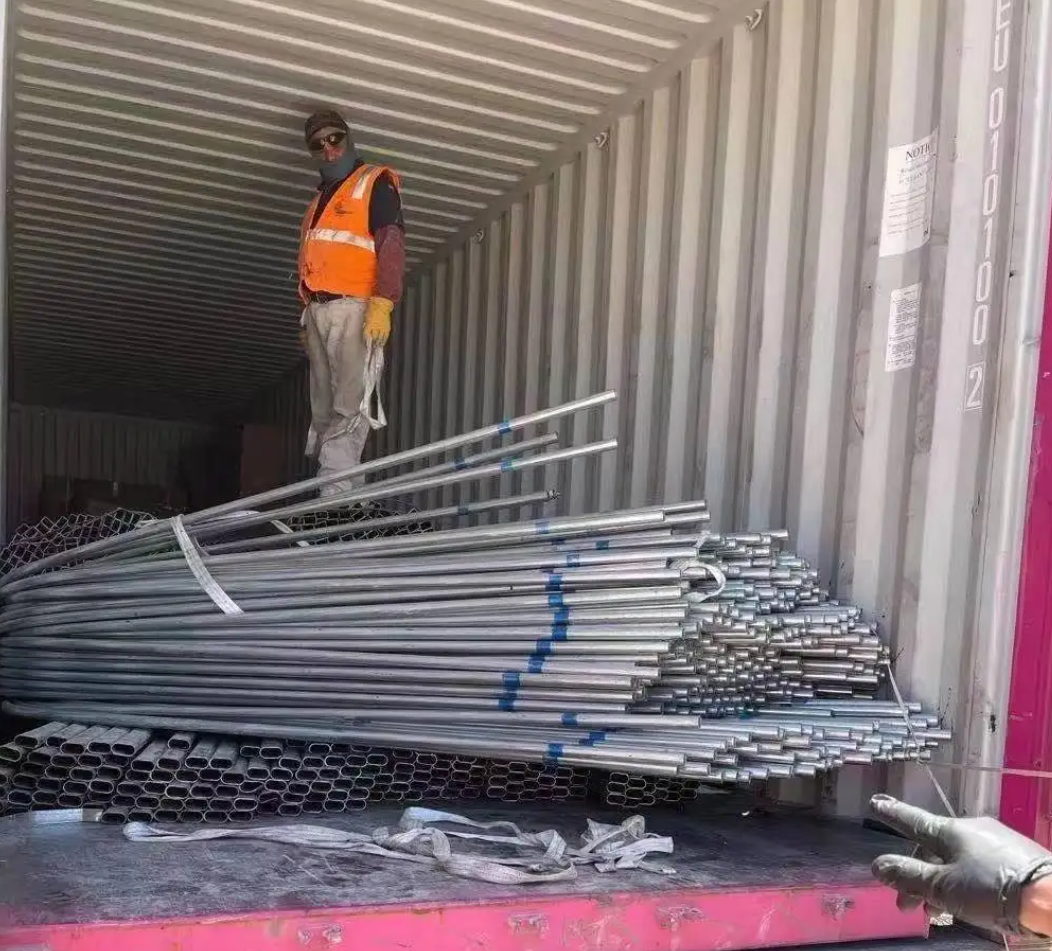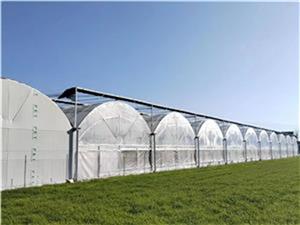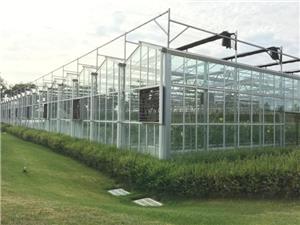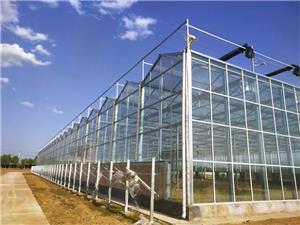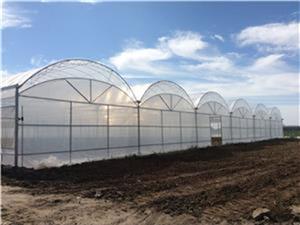Greenhouse Construction and Material Management
As the demand for modern agricultural greenhouses continues to grow, ensuring the safety, efficiency, and quality of greenhouse construction has become a top priority for the agricultural sector. From material transportation to on-site installation, every link in the process is crucial to the stability and long-term usability of agricultural greenhouses. Recently, industry experts have summarized a set of detailed operational guidelines covering transportation, stacking, and installation of agricultural greenhouse materials, aiming to standardize construction practices and reduce potential risks.
Transportation: Laying the Foundation for Safe Material Delivery
Before transporting agricultural greenhouse materials, a comprehensive inspection of the road conditions must be conducted. This includes verifying height restrictions and load limits of the route to prevent accidents caused by oversized or overloaded vehicles, as well as checking for obvious potholes or bumps that could affect material stability.
During transportation, vehicles carrying agricultural greenhouse materials should be equipped with a well-designed finished product protection plan. This may involve using soft padding, anti-slip mats, or fixed brackets to secure materials, ensuring the protection scheme is stable and reliable to avoid collisions or friction between materials.
While the vehicle is in transit, the driver must stop at regular intervals to inspect the fasteners of the agricultural greenhouse materials. Key checks include whether components have shifted, tilted, or deformed—any issues found must be addressed immediately to prevent further damage or safety risks.
Upon arriving at the construction site, the on-site roads must be inspected. Priority should be given to routes with circular paths to avoid vehicle U-turns, which can increase the risk of material collision. Additionally, the road layout should be flat and solid, with fewer potholes and no high ridges or slopes, ensuring safe and efficient material unloading for agricultural greenhouses.
The wire and steel cables used to secure agricultural greenhouse materials on the vehicle must be in good condition. It is strictly prohibited to use damaged wires or steel cables for binding, as this could lead to material falling off during transportation, causing losses or endangering road safety.
Stacking: Ensuring Orderly and Protected Material Storage
The site for stacking agricultural greenhouse materials must be solid and flat. Materials should not be placed in muddy areas or low-lying regions prone to water accumulation; effective waterproof measures should be taken, such as laying waterproof cloth or building drainage ditches, to prevent rust or corrosion of steel materials.
After agricultural greenhouse steel structure arrive at the site, they should be stacked by specification and model according to the phased construction plan of the above-ground structure. Random stacking for the convenience of unloading is strictly forbidden, as this can lead to confusion in material management and delay the construction progress.
During the stacking process, agricultural greenhouse materials must be handled with care. Workers should avoid rough handling to prevent damage to the galvanized layer of steel materials—once the galvanized layer is damaged, the steel is prone to rust, reducing the greenhouse steel structure service life of the agricultural greenhouse structure.
Safety supervision of on-site stacking workers must be strengthened. All workers must wear safety helmets correctly to prevent head injuries caused by falling materials, ensuring the personal safety of employees during the stacking of agricultural greenhouse materials.
Installation: Guaranteeing Structural Stability and Construction Safety
Before installing the agricultural greenhouse structure, a comprehensive inspection of all structural components must be carried out. Any deformation caused during transportation must be corrected to meet the standard requirements before use; using deformed components will seriously affect the stability of the agricultural greenhouse.
Before installing the columns of the agricultural greenhouse, the position of the column bases must be accurately verified and calibrated. Ensuring the greenhouse steel structure correct position of the column bases is critical to the overall verticality and stability of the greenhouse structure, preventing tilting or collapse in the future.
On-site welding to enlarge holes is not allowed during the installation of agricultural greenhouse steel structures. Welding operations can damage the material structure and galvanized layer, weakening the load-bearing capacity of components and posing potential safety risks.
After the installation of the agricultural greenhouse steel structure is completed, welding operations are strictly prohibited on the handrails to avoid damaging the safety protection function of the handrails. Additionally, no random drilling is allowed on the greenhouse steel structure components during installation, as this will change the original design structure and affect the structural safety.
The entire construction process of the agricultural greenhouse must strictly comply with national standards and design requirements. Every construction step, from component connection to bolt fastening, must be carried out in accordance with the specifications to ensure the quality of the greenhouse meets the operational needs.
During construction, damage to the galvanized layer of greenhouse steel structure components should be minimized as much as possible. Any drilling or cutting operations must obtain prior approval from the designers; unauthorized modifications will not only affect the anti-corrosion performance of the materials but also violate the design intent.
Safety precautions such as fire prevention and electricity protection must be taken during the construction of the agricultural greenhouse. Construction work in rainy days should be avoided to prevent electric shock or slippery accidents. For high-altitude operations, workers must be equipped with safety ropes and safety helmets to ensure their personal safety.
